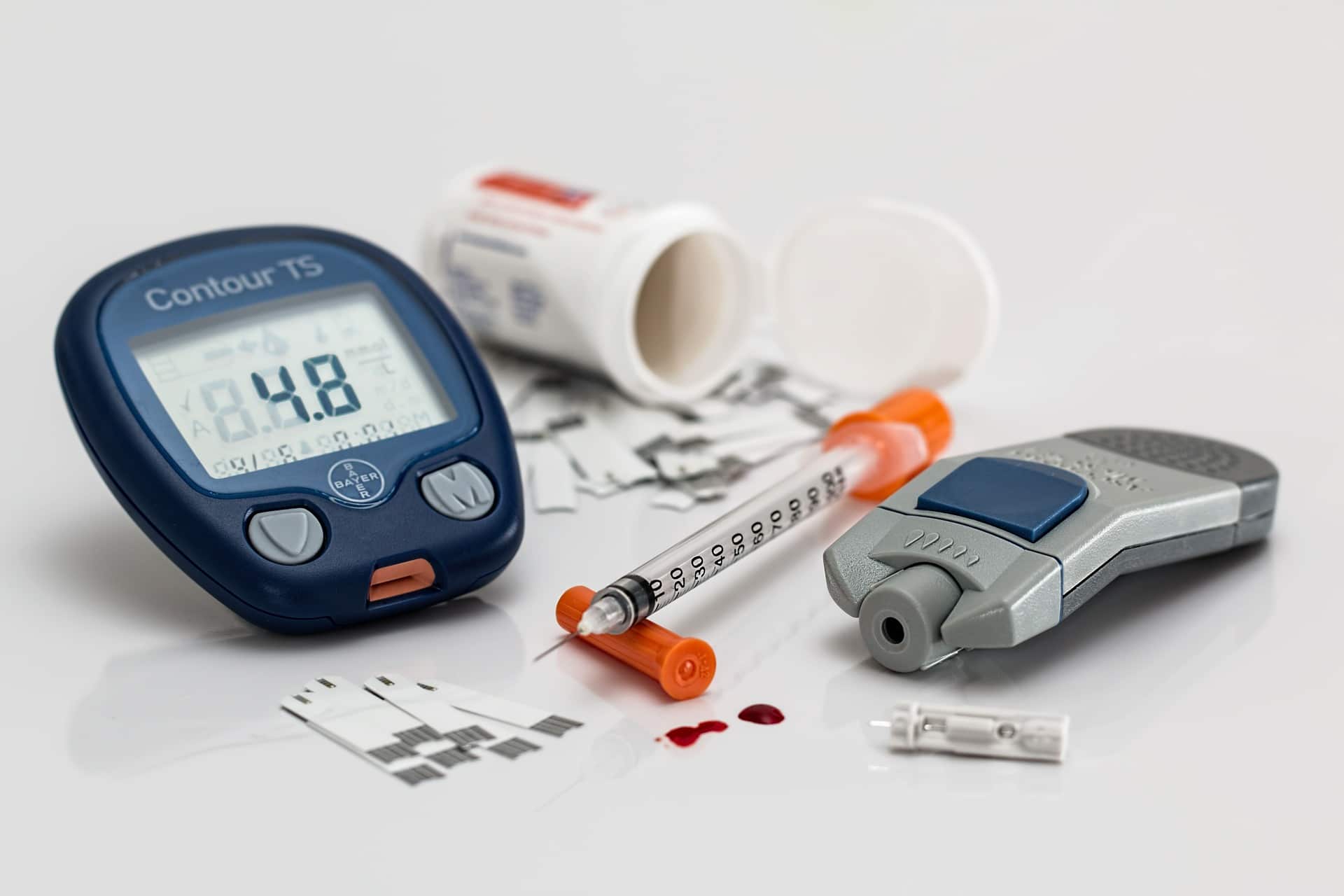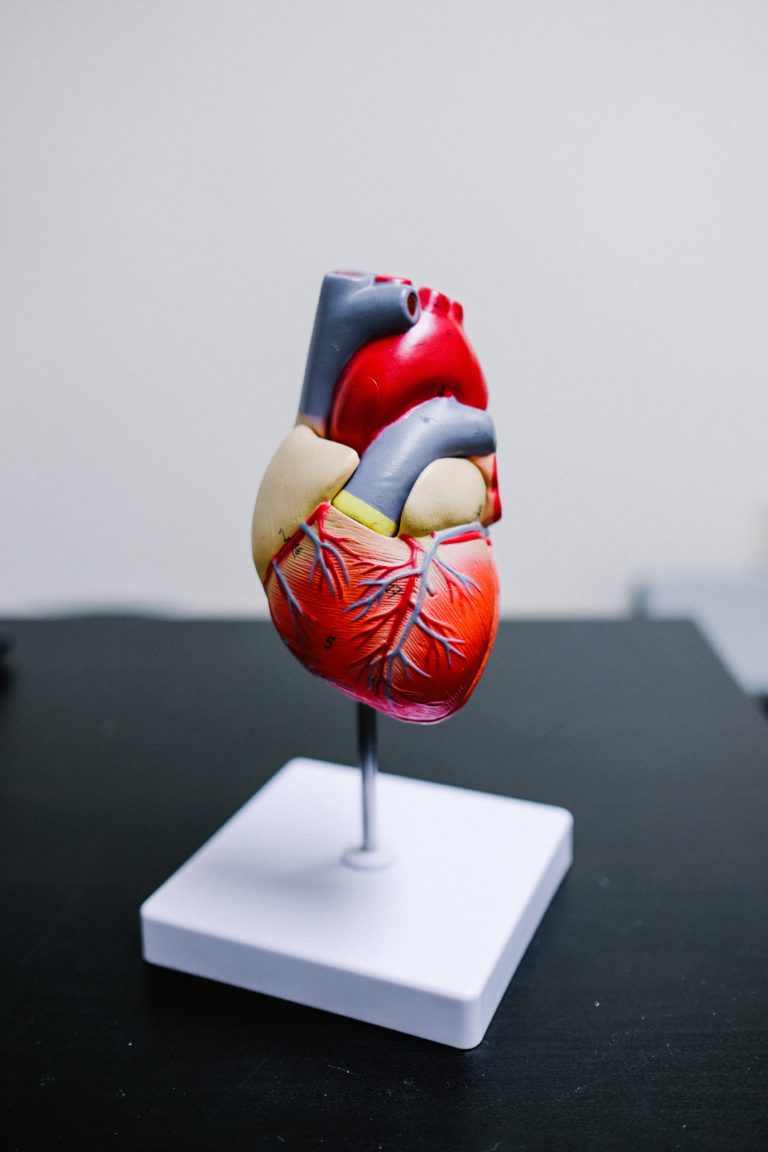What Are the Promising Substitutes for Insulin Injections?
Trypanophobia is one of the most common human fears – most children are afraid of needles – but in most cases the fear lessens as we age. This can be problematic for diabetic patients as the most common method of administering insulin is through pens, pump or syringe.
Researchers are constantly trying to develop non-invasive methods of insulin administration to help make it a more comfortable experience. In this blog, we will explore the options that are in development and could one day replace invasive techniques.
One of the most patient-friendly and non-invasive methods of administering medicine is orally. The biggest challenge of creating pills of insulin is that gastric acid destroys the peptide hormone present in insulin before it can be absorbed into the bloodstream, making it an ineffective treatment. This year, researchers from the Massachusetts Institute of Technology have been inspired by tortoise behavior as they attempt to create a pill that will be effective and administer an adequate dose of insulin into a patient’s body. The pill would be the size of a blueberry with an insert made of insulin. The researchers studied how tortoises flip over when they fall, and mimicked the pill to be a similar shape, so that the injection never misfires and always is in contact with the stomach tissue before injecting the medicine.
Another option is insulin that is taken intranasally (via the nose), which delivers insulin directly to the brain. This type of insulin is not yet available for diabetic patients but is in development. Current test results show that the insulin will take 10 to 20 minutes to work, with further research focusing on how this type of insulin administration could improve cognitive and brain functions in patients. It has also shown improved memory functions in obese adolescents.
A different method of insulin administration is through an inhaler, which is similar to ones used by asthma patients. What makes this specific method efficient is that insulin is absorbed far more rapidly through the lungs, and it overcomes the big obstacle faced by oral insulin of being destroyed by gastric acids. Afrezza is the only device of this kind available on the market. It takes 15 minutes to work and lasts for 2-3 hours. It is not a substitute for other long-acting insulin but can be used for everyday glucose control. Patients can inhale it before meals to help reduce blood sugar levels without having to use more invasive devices such as an insulin pen. Some limitations of this type of administration is that it cannot be used by everyone, for example smokers or those who have chronic lung disease.
These different methods of insulin delivery give diabetic patients more control of how they want to control their blood glucose levels. It also gives them the chance to avoid needles and get their insulin in a far more comfortable, and potentially more efficient way.
Although there is no cure for diabetes just yet, scientists and researchers are constantly trialing new techniques for a permanent solution. For example, a study published in the Nature Journal has found that is possible to take human pancreatic cells that do not produce insulin and reprogram them to do so. Currently, this has only been tested on mice, but it achieved the goal of relieving diabetes symptoms. It’s a promising start to more effectively combating diabetes in humans.









